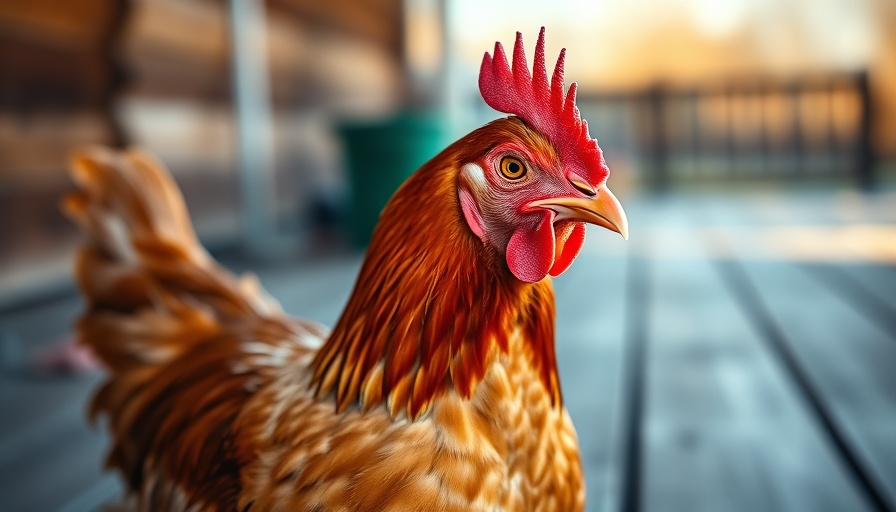
Discover the Timeless Appeal of Rhode Island Reds
In the ever-evolving realm of poultry farming, the Rhode Island Red stands out as a hallmark of American heritage and productivity. Recognized for their hardiness and exceptional egg-laying capabilities, these chickens have been indispensable on farms for over a century. Their strong genetic lineage produces birds that are not only productive but also endowed with a certain charm, making them a favorite among both new chicken enthusiasts and seasoned poultry professionals.
The Dual Purpose Advantage
One of the major attractions of Rhode Island Reds is their dual-purpose nature. They excel as both egg layers and meat producers, striking a balance that many poultry managers seek. With superior adaptability to various environments and good foraging abilities, they thrive in both backyard coops and commercial settings. Poultry executives looking to optimize their operations should consider integrating Rhode Island Reds for their reliability and efficiency, ensuring a steady supply of nutritious eggs alongside quality meat production.
Understanding Heritage vs. Industrial Lines
It's essential to recognize the distinction between Heritage Rhode Island Reds and industrial heavy-laying lines. Heritage lines, celebrated for their robust characteristics and natural brooding instincts, offer a unique genetic diversity that is often lacking in their industrial counterparts. As consumers increasingly seek ethically sourced products, there’s a growing market for heritage breeds that return to traditional breeding methods. By prioritizing Heritage Rhode Island Reds, poultry suppliers can cater to this demand while advocating for biodiversity and animal welfare.
Getting to Know Rhode Island Reds: Size and Appearance
Distinguished by their deep maroon coloring and blocky physiques, Rhode Island Reds are not just productive but also visually appealing. The standard appearance includes bright red earlobes and yellow legs, making them easily recognizable in any flock. Prospective poultry managers should appreciate these attributes when selecting breeds that both meet operational goals and enhance overall aesthetic appeal on their farms.
Conclusion: The Future is Bright for Rhode Island Reds
As the poultry industry continues to overcome modern challenges—such as animal welfare regulations and sustainability concerns—the Rhode Island Red offers an advantageous pathway forward. By fostering a welcoming environment for both heritage practices and modern needs, this breed exemplifies the commendable strides being taken within the industry today. Whether you are a poultry supplier, manager, or consultant, consider how incorporating Rhode Island Reds into your operations can bolster productivity and ethical standards.
 Add Row
Add Row  Add Element
Add Element 



 Add Row
Add Row  Add
Add 
Write A Comment